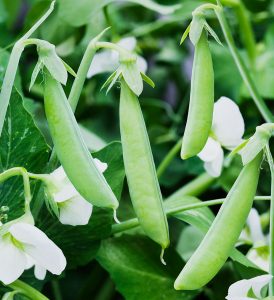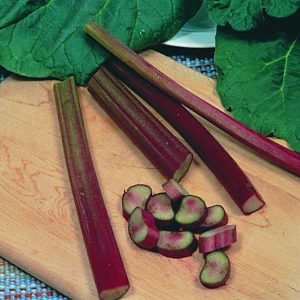

Georgia collards are prized for their sweet, cabbage-like flavour. Leaves are ruffled and blue-green. Leaves taste best when young. Rich in vitamins and minerals. Grows best in full sun, but will tolerate partial shade and even appreciates it in spring in hot climates. Withstands cold weather; frost makes leaves sweet. Great for fall.
- Light Full sun to part shade
- Matures 45+ days
- Plant spacing 18 to 24 inches apart
- Plant size 24 to 36 inches tall
Light requirements Full sun is ideal, but plants yield in part shade (4 to 5 hours sun).
Planting Space 18 to 24 inches apart.
Soil requirements Collards need well-drained, nutrient-rich soil. Amend soil with compost or other organic matter prior to planting. Soil pH should be 6.5 to 6.8.
Water requirements Keep soil consistently moist throughout the growing season. Aim for 1 to 1.5 inches of water per week through rainfall or irrigation. Mulch soil to reduce water evaporation and keep leaves clean from splashing soil.
Frost-fighting plan Established plants tolerate hard frosts (temperatures below 28º F). Frost-kissed leaves boast sweeter flavor. You can continue to harvest collards until temps tumble to the teens. It’s a good idea to protect newly planted seedlings from late spring or early fall frosts by covering plants with a frost blanket.
Common issues Watch out for cabbage loopers, imported cabbageworms, slugs, cabbage root maggots, aphids, and flea beetles. Susceptible to the following diseases: black leg, black rot, clubroot, and yellows. To prevent diseases from building up in the soil, don’t plant collards or other cole crops in the same spot each year.
Harvesting Harvest leaves when they are up to 10 inches long. Younger leaves have better flavor; older leaves tend to be tough and stringy. Pick lower leaves first, working your way up the plant. You can even harvest leaves when frozen in the garden, but be careful because the frozen plant is brittle.
Storage Refrigerate unwashed leaves in a lightly damp paper towel slipped into a very loosely closed plastic bag. Leaves store up to 5 days.



